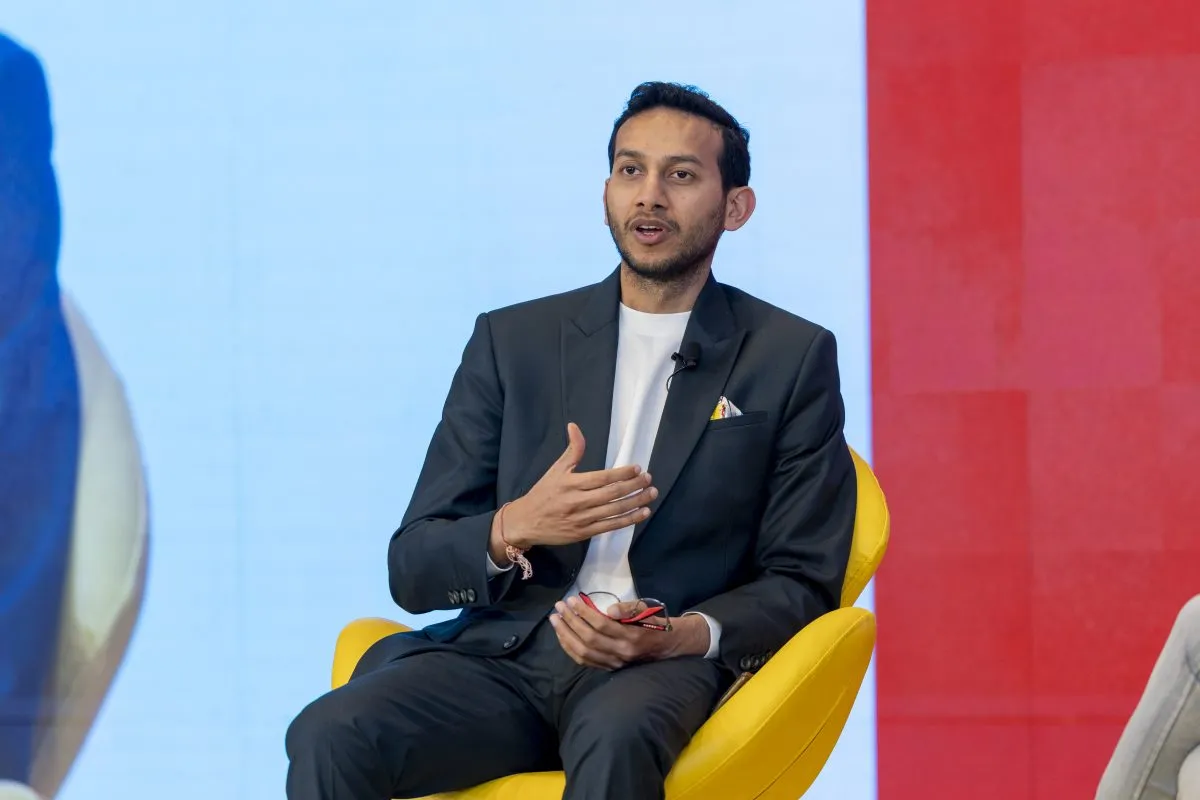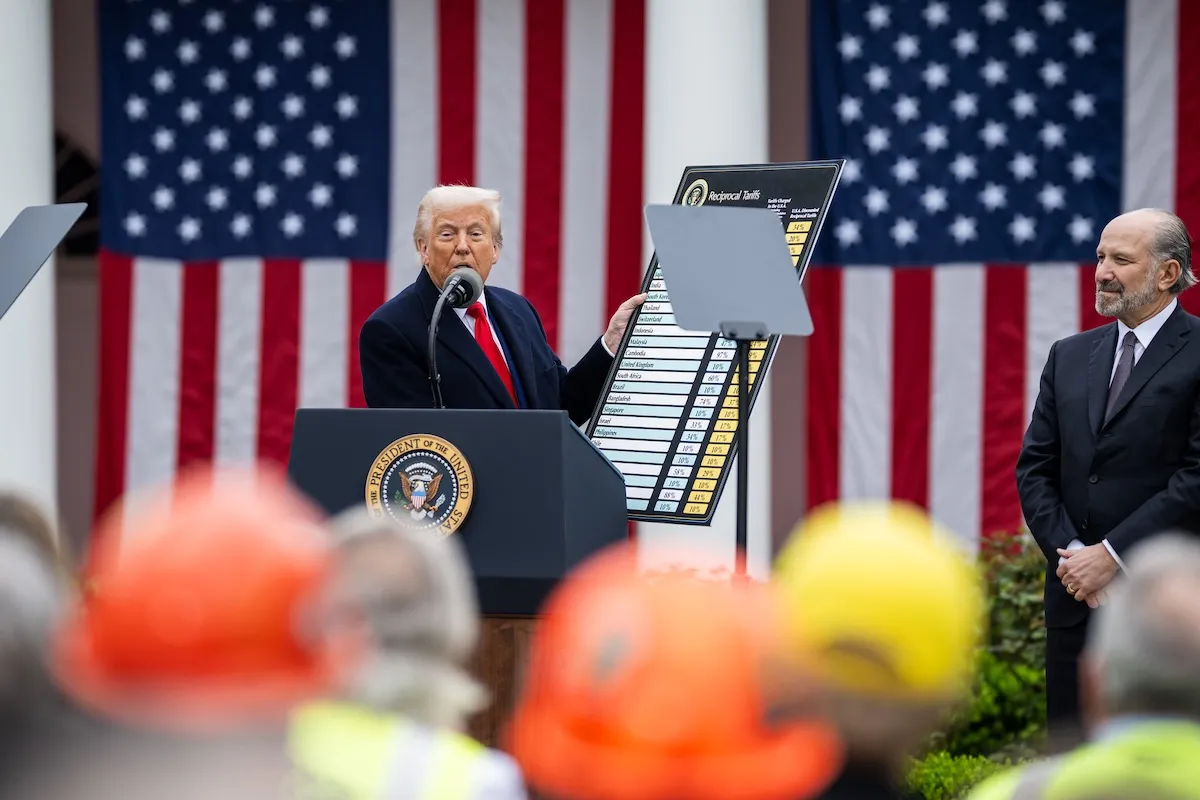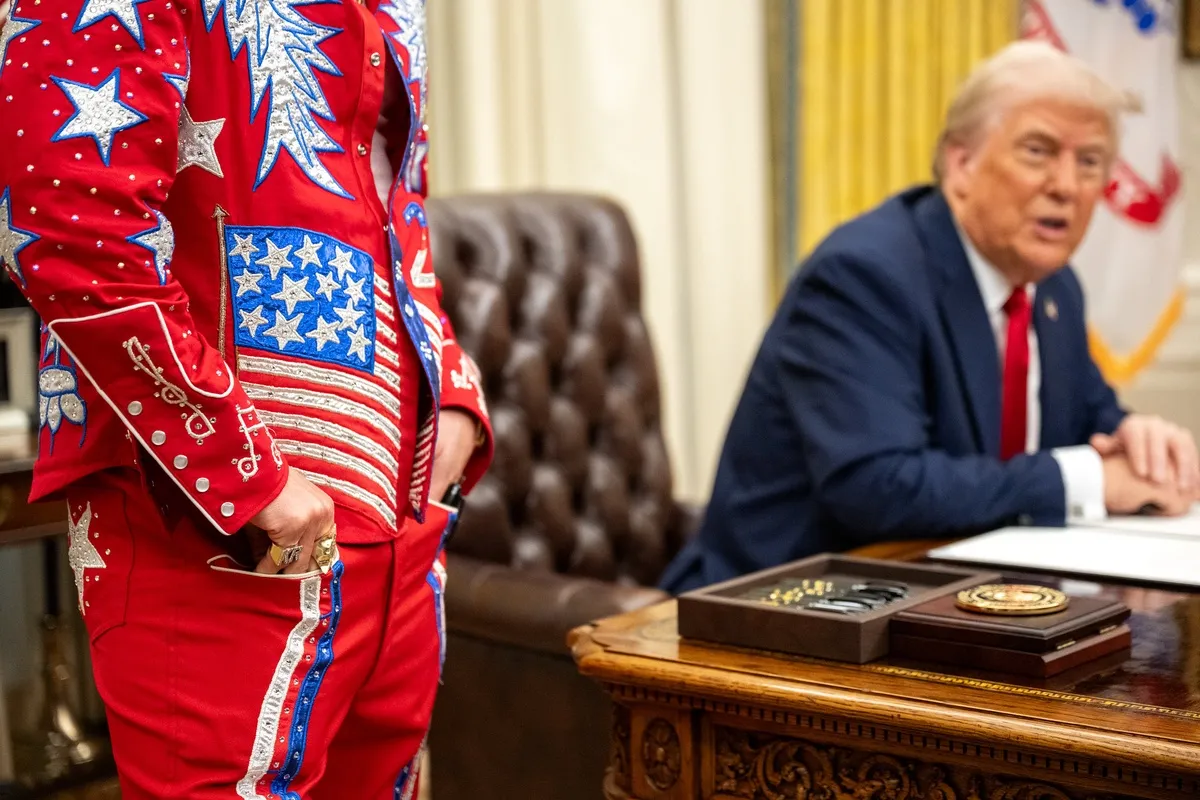Moxy Hotels at 10: How Marriott's Gen Z Brand Grew Up
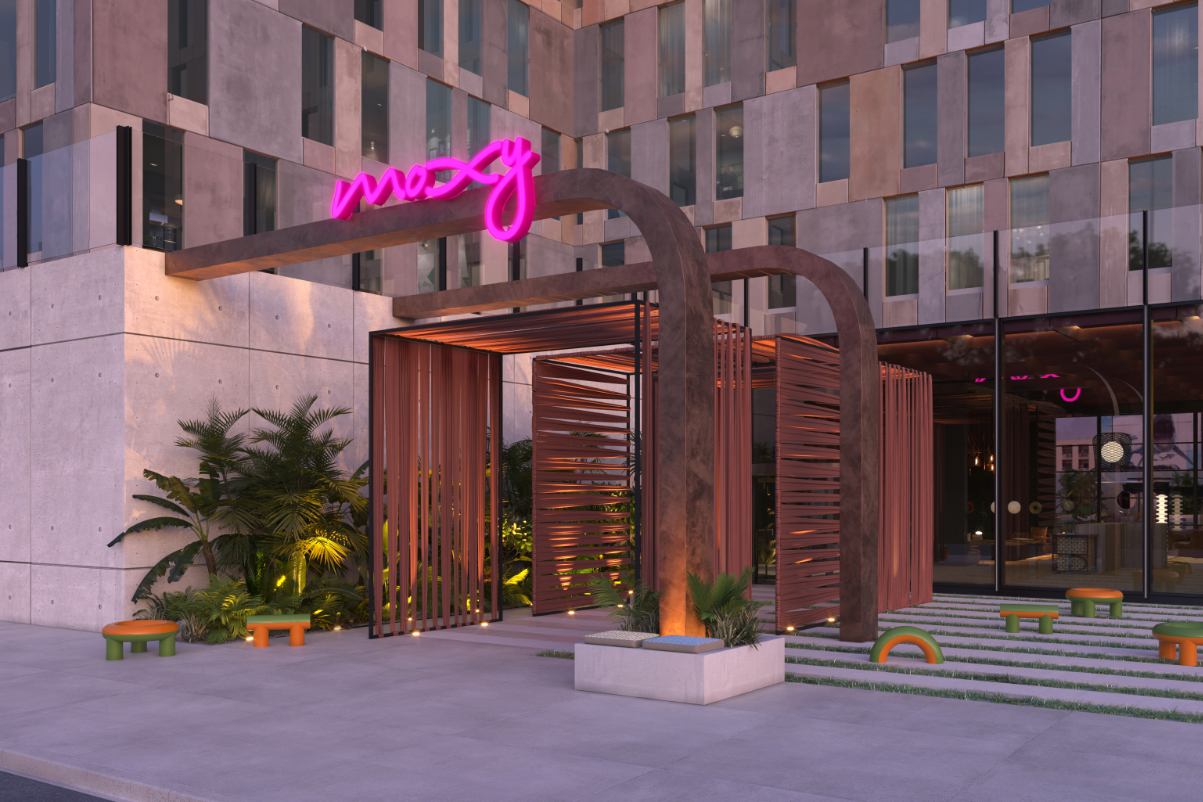
Skift Take
Remember 2014? Pharrell's "Happy" was inescapable, everyone on social media was dumping ice water on their heads for charity, and Marriott decided it was high time to create its first select-service brand aimed at 20-somethings.
Moxy Hotels was the hotel giant's effort to be cool. Against the odds, it has succeeded well enough. As it turns 10, the brand now has over 135 properties open. In Europe alone, it plans to open 17 more hotels by 2025.
Moxy's genesis took years but had an early recipe. Take one part Ikea (the parent company of Ikea had manufacturing ties to the first pre-fab Moxys), add developers wanting to pile as many guests per square foot as possible, choose spaces in gentrifying neighborhoods or districts without hotels affordable enough for Gen Z, and top it off with a heavy pour of "lifestyle" branding.
"We want it to be a bar that just happens to have rooms on top of it," said Brian Jaymont, senior director and global brand leader.
Deemphasizing the Hotel Room
For decades, the hotel industry operated on a simple premise: the room is everything. Spacious accommodations, plush beds, and in-room amenities were the yardsticks by which hotels measured themselves. Moxy, however, flipped this conventional wisdom on its head.
Moxy's rooms are compact — averaging just 185 square feet — and stripped of traditional hotel staples like dressers and closets. Instead, guests typically find a strip of pegs along the wall for hanging clothes, a space-saving folding desk, and little else.
It's a design that would have been unthinkable a generation ago. But it appealed to some millennials accustomed to cramped urban apartments or accustomed to minimalist, Marie Kondo-approved lifestyles.
Hotel investors and owners liked the cost advantages of fitting more rooms into smaller footprints because it made several previously unviable locations feasible for development. From converted office buildings to former banks, Moxy is a brand that lends itself to "adaptive reuse."
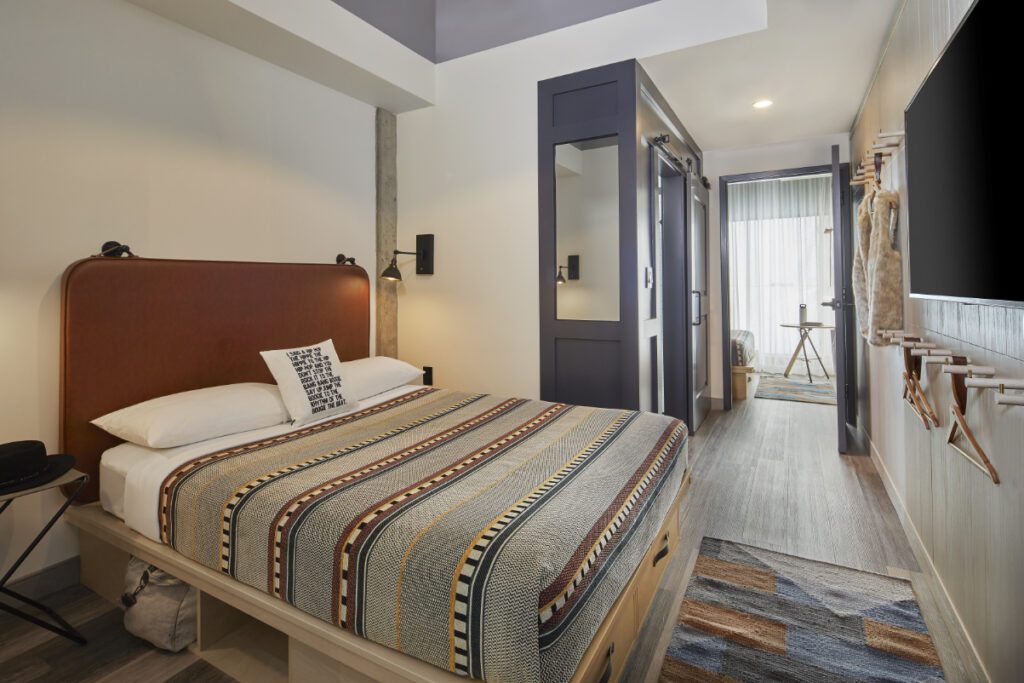
Lively Lobbies
For decades, the lobbies of select-service hotels were mainly decorative. No one spent any time in them. At Moxy, lobbies double as bars, cafes, coworking spaces, and event venues.
Moxy was the first Marriott brand without a formal front desk. Guests instead check in at the bar.
Hotel operators like how Moxy aimed to create bustling social spaces that attract both guests and locals. The reason? Lively lobbies, bars, and cafes drive high-profit food and beverage revenue.
Other brands, such as CitizenM and Yotel also pioneered the small-rooms-big-lobbies concept. But those relied on different aesthetics and price ranges.
Challenge: Staying Relevant
When Moxy first debuted, it targeted what Jaymont described as backpackers in their mid-20s looking for a place to crash between adventures.
Today, the brand aims to appeal to a broader "psychographic" of travelers of all ages who value experience over extravagance and prefer their hotels with a side of local flavor.
"We understand we can't be everything to everybody, and we're okay with that," Jaymont said.
Moxy does continuous market research to stay in sync with its target audience.
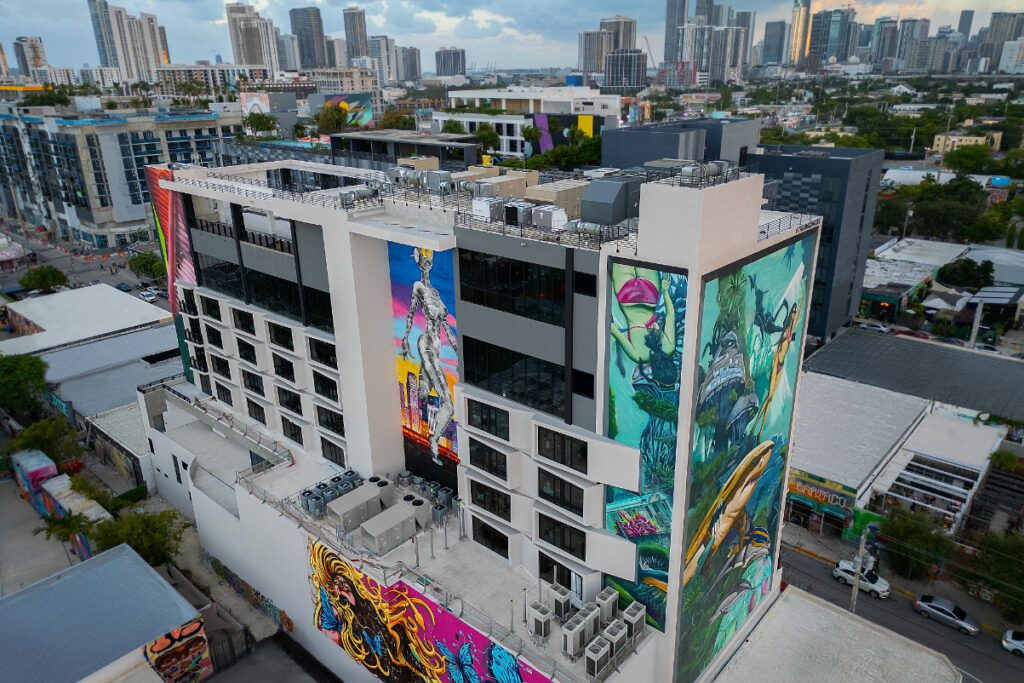
Like Ikea, But You Can Sleep There
The brand has had to adjust as Moxy hotels spring up in places such as the Wynwood district of Miami, Tanzania, Colombia, and the Middle East. It has had to balance guests' desire for consistency and familiarity across locations with a craving for authentic, local experiences.
Moxy's solution is to standardize the basic room experience while allowing public spaces to become canvases for local expression.
"We do not follow that pattern of using the same artwork for lobbies everywhere," said Aliya Khan, VP of design lifestyle brands at Marriott. "We adapt each project to local needs, collaborating with area artists and craftspeople to create spaces that feel rooted in their locations and to set the soundtrack in the lobbies."
In Wynwood, Miami, local graffiti artists have transformed the hotel into an extension of the neighborhood's famous walls. In Tanzania, the brand works with local craftsmen to create the lobby.
When the first Moxy opened in Miami's South Beach in 2021, it included the brand's first rooftop pool.
"We brainstormed what a cabana looks like, staying in the spirit of high on experience for guests but not necessarily high on the spend for developers," Khan said. "Maybe it's more of a tent with tufted, oversized lounge cushions, and maybe it's fewer pool loungers. Make them more evocative of desert tents instead of traditional cabanas, and maybe print patterns inside the tents."
Going Global
Today, Moxy is in 29 countries and plans to enter 20 more. However, that can pose problems with translating the brand in ways that are appealing to locals.
For example, as the brand moves into Middle Eastern countries where locals don't drink alcohol, Moxy adapts and has guests check in at a cafe instead of a bar.
Moxy doesn't have strict rules for developers but lets them interpret its design principles individually. The brand doesn't want closets with doors. However, instead of pegs on the wall, some hotels have an open metal hanging system.
"We've upgraded the hangers because that's something that guests touch and that is now visible because of the open hanging on the wall," Khan said.
Moxy's property in downtown Nashville has found that some of its most coveted rooms are interior, "internal" ones without windows because some guests, such as musicians or nightlife, want truly soundproof spaces to rest.
"Sometimes, those are the premium selling rooms because they're so quiet," Jaymont said.
Lessons Learned
Moxy stumbled at first. It began with airport locations in Europe that didn't have much personality. As an asset-light company, Marriott struggled to test various concepts quickly. So it turned to Lightstone, a developer, to create a U.S. flagship property in Times Square that Lightstone owned and agreed to work closely with Marriott to perfect the concept.
The brand's leaders have since learned a few lessons.
- Know your audience: By focusing on a specific psychographic rather than a broad demographic, Moxy has created a loyal customer base.
- Find an under-served niche. Identify and commit to a customer segment that other brands in your portfolio aren't serving and that offers opportunities for your development partners.
- Challenge conventions. By housing more guests per square foot and boosting beverage revenue, Moxy has inverted the typical economic model for hotels.
Accommodations Sector Stock Index Performance Year-to-Date
What am I looking at? The performance of hotels and short-term rental sector stocks within the ST200. The index includes companies publicly traded across global markets, including international and regional hotel brands, hotel REITs, hotel management companies, alternative accommodations, and timeshares.
The Skift Travel 200 (ST200) combines the financial performance of nearly 200 travel companies worth more than a trillion dollars into a single number. See more hotels and short-term rental financial sector performance.


